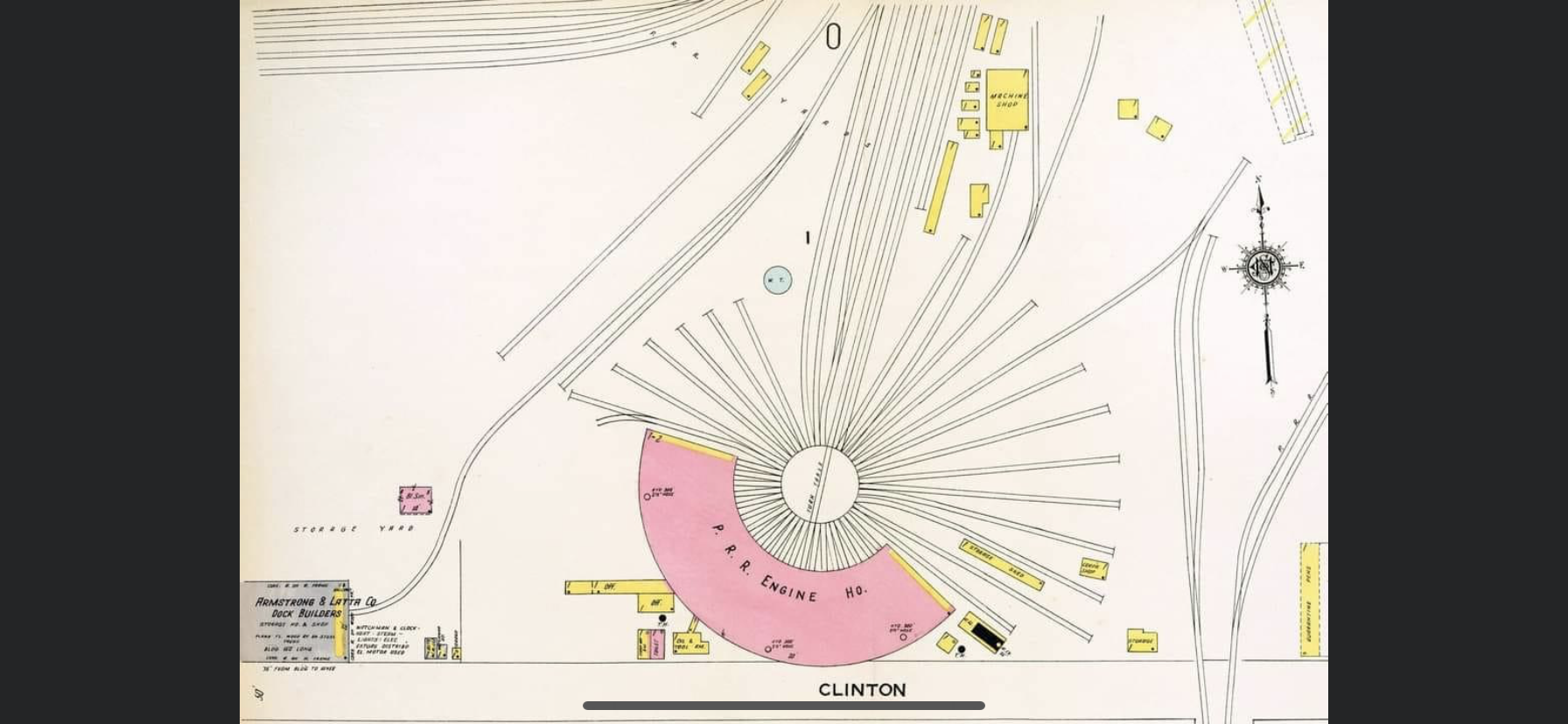Do not misuse the term Phase I
A Phase I ESA (Environmental Site Assessment) is historical research on a property, typically commercial that looks for potential environmental impairment to the property. No testing or remediation is performed in a Phase I. A Phase II is all about testing and a Phase III is Remediation.
The map below is of a long-since-developed site, that in the map was a train turnaround. Trains are notorious for oil leaks and spills, surely a train turnaround such as this would hold legacy contamination that an unsuspecting property owner could be inheriting if they did not complete a Phase I.

Regarding testing, no Phase I is required to test, A Phase I identifies areas that could require testing. Case in point, the photo below shows a storage tank on its side. There is a concern because anything stored in the tank could have leaked out because the tank is on its side. There would be a recommendation in a Phase I to test the soil around the tank. But no testing is completed during the Phase I, that is left for Phase II.

You can't skip a Phase I and go to a Phase II as the Phase I is your road map of what to inspect.
The most common misuse of the term Phase I is from residential home inspections.
We are commonly called to do an inspection of a property after a Home Inspection is performed. It is not uncommon that the home inspector notices evidence of mold, or some other environmental hazard such as a former oil heat, and recommends further evaluation, which is prudent and warranted for sure. But when a Phase I is recommended, it shows a clear misunderstanding of what a Phase I ESA actually is.
Here is an exert from such a report
"Underground Fuel Tanks Noted:
The evidence noted is the presence of either a fuel tank fill pipe or a fuel tank breather pipe at the referenced location. There is evidence of an underground fuel tank installed on the property. Further investigation is required to determine the condition of the tank as well as the presence of any leakage into the soil. A Phase 1 environmental audit of the subject property is recommended to determine the presence and/or condition of the underground oil tank and to see if other environmental hazards are present. The soil should be evaluated, and the tank should be pressure tested. Permanent removal of the underground storage tank should be considered. They do not leave fill pipes behind if the tank was removed. There is no evidence an oil tank was located in the basement.
A Phase I ESA follows ASTM protocol for historical research of a property, 99% of the time it’s performed on commercial not residential, unless multi-family.
A Phase I is meant to identify the potential for contamination of a site by hazardous or toxic materials and to identify other possible environmental constraints on the site. It is not meant to be a detailed, comprehensive investigation based on quantitative or qualitative analytical data. No environmental sampling and analysis will be performed under the Phase I scope of work. The form and content of this ESA I will follow the form and content as outlined in ASTM standard E 1527-21. The results of the Phase I ESA will be used to determine whether or not further study (such as a Phase II ESA) is warranted, based on the background information gathered and the results of the site inspection.
https://www.currenenvironmental.com/blog/why-a-phase-i-is-important
Have Phase I Questions? Call the Experts
888-301-1050

